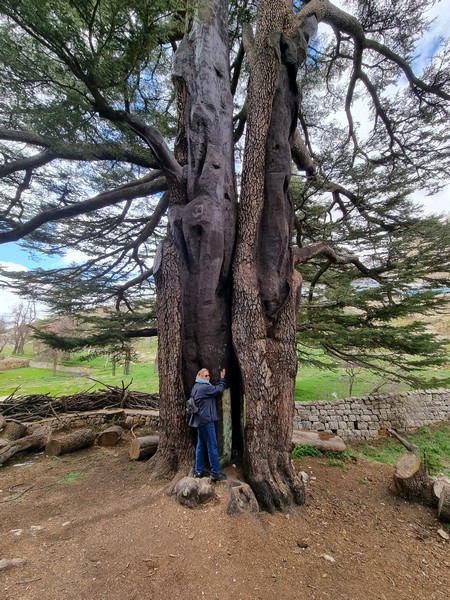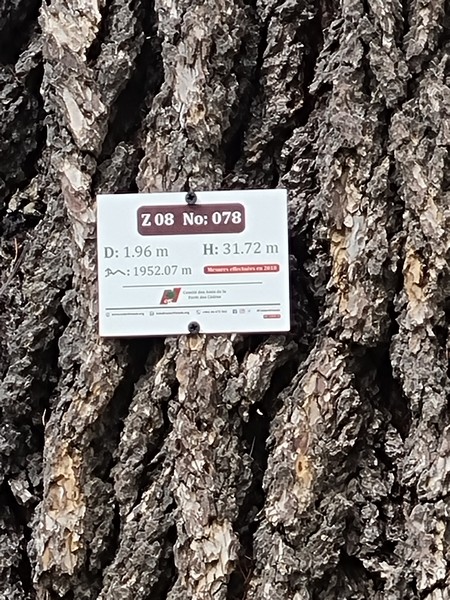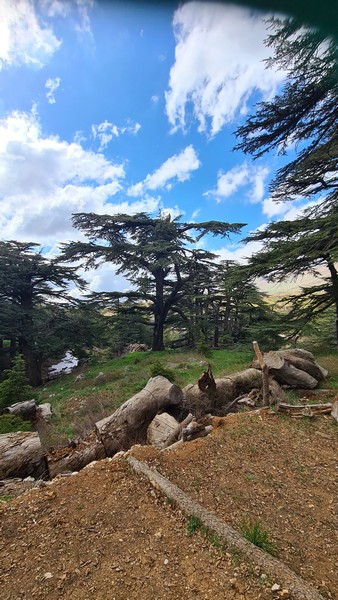
Cedars of God
By: Georges Farah and Siem Kersten

Lebanon is very proud of its national symbol, the Lebanese cedar.
The Cedars of God (Arabic: أرز الربّ Arz ar-Rabb "Cedars of the Lord"), located in the Kadisha Valley of Bsharre, Lebanon.
One of the last places where the remains of the vast forests of the Lebanese cedar that flourished on Mount Lebanon in ancient times. All the accounts of early modern travellers about the wild cedars seem to refer to those at Bsharri; the Christian monks of the monasteries in the Kadisha Valley revered the trees for centuries.
The earliest documented references to the cedars of God are found in Tablets 4-6 of the great Epic of Gilgamesh, a six-day walk from Uruk.
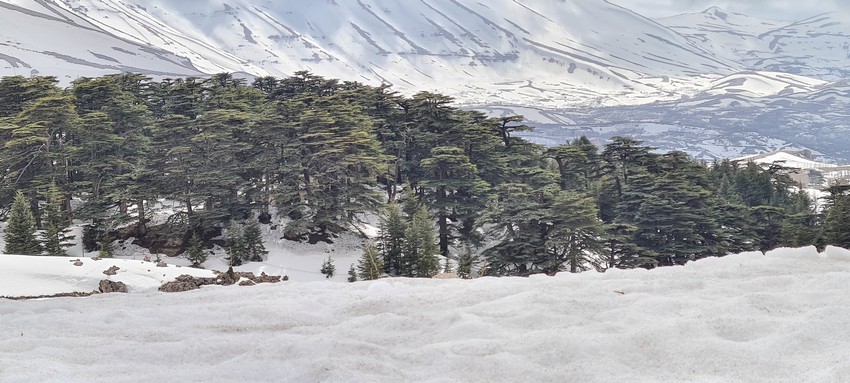
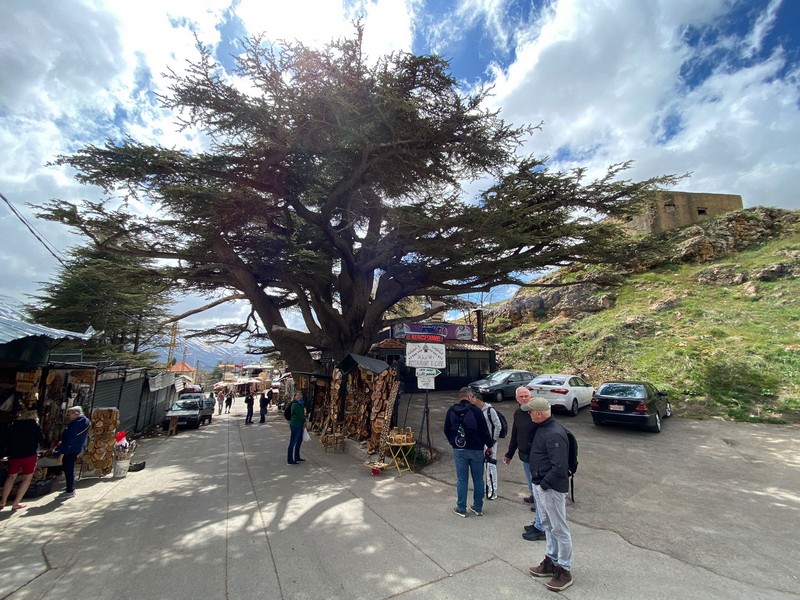
History
The mountains of Lebanon were once overshadowed by dense cedar forests.
Over the centuries, cedar wood was exploited by the Phoenicians, Egyptians, Israelites, Assyrians, Babylonians, Persians, Romans, Arabs, and Turks. The Phoenicians used the cedars for their merchant fleets. They needed wood for their ships, and the cedar wood made them the "world's first sea trading nation." The Egyptians used cedar resin for the mummification process and the cedar wood for some of "their first papyrus scroll hieroglyphics." In the Bible, Solomon purchased cedar wood to build the temple in Jerusalem.
The wood was popular for centuries for its quality and pleasant smell, which has resulted in large-scale deforestation of the original cedar forests. The Roman Emperor Hadrian claimed the cedar forests on Mount Lebanon as an imperial domain as a protection measure.
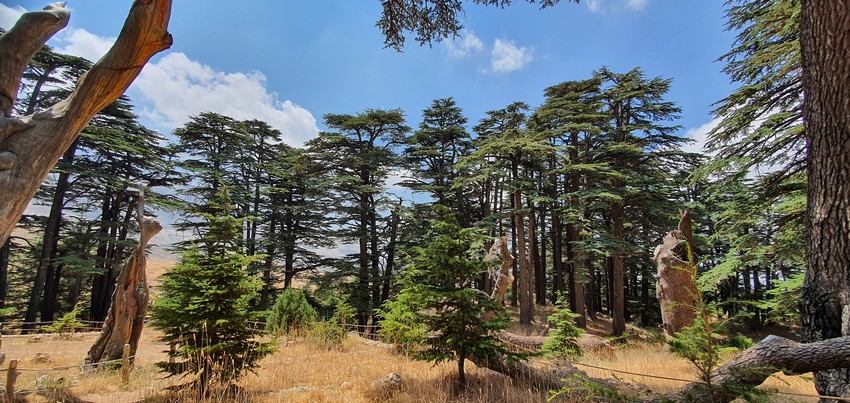
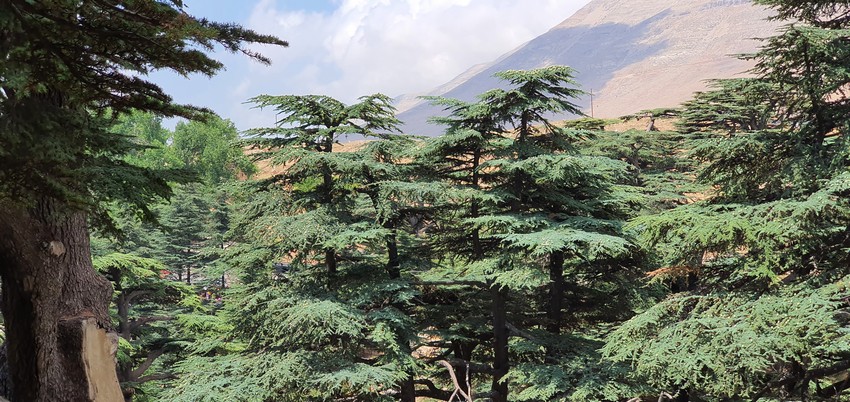
The number of cedars in Lebanon remained fairly stable for a long time, but in the 19th century they were cut down for the manufacture of railway sleepers. In 1876, the remaining cedar forest in Lebanon covered only 102 hectares. To protect the seedlings from grazing goats, Queen Victoria of the United Kingdom funded a high stone wall around the forest.
However, this did not stop the British army from cutting down cedars again during World War II for the construction of railway lines near Cairo (Egypt).
Today, the Lebanon cedar is the national symbol of Lebanon and the remaining fragmented forests are protected.
Recent history
Time, along with the exploitation of the timber and the effects of climate change, has led to a decline in the number of cedar trees in Lebanon. However, Lebanon is still widely known for its history of cedar trees.
The symbol of the Lebanese flag and the emblem of the country is the cedar tree.
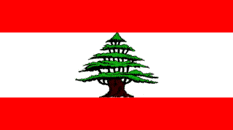
The remaining trees survive in mountainous areas, where they are the dominant tree species. This is the case on the slopes of Mount Makmel that tower over the Kadisha Valley, where the cedars of God are found at an altitude of more than 2,000 meters (6,600 feet). Four trees have reached a height of 35 metres (115 ft), with their trunks reaching 12–14 metres in circumference (39–46 ft).
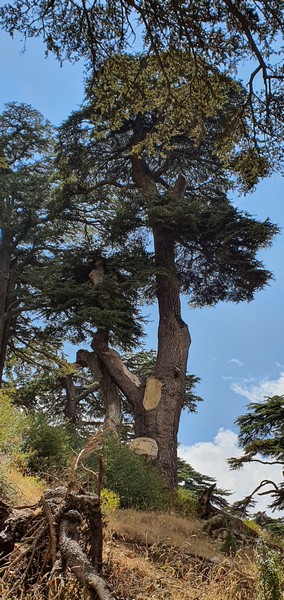
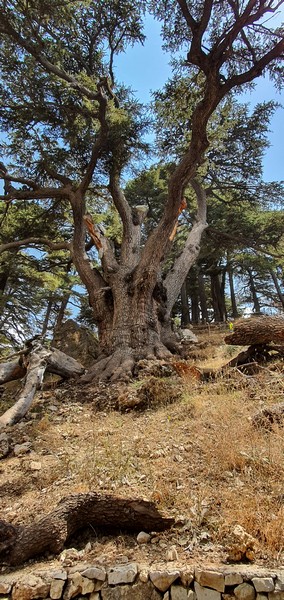
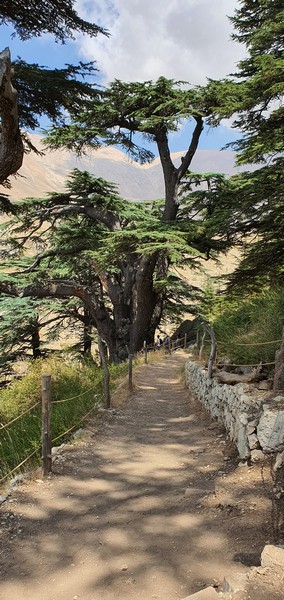
World Heritage
In 1998, the forest, which is called the Forest of the Cedars of God, was inscribed on the UNESCO World Heritage List.
Current state of affairs
The forest is strictly protected. In 1985, after a preparatory phase in which the land was cleared of waste, the diseased plants were treated and the soil was fertilized, the "Committee of the Friends of the Cedar Forest" started a reforestation program. The Committee planted 200,000 cedars, of which 180,000 survived. These efforts will not be noticeable for several decades due to the slow growth of cedars. In these areas, winter offers incredible scenery and the trees are covered in a blanket of snow. It is possible to take a guided tour accompanied by an authorized guide.
We have visited the forest of the Cedars of God several times in recent years with our driver Afif Fakher Al Dien and guide Georges Farah and it is quite impressive to stand against a tree with a circumference of about 12 meters and a height of about 30 meters. Especially the crown of these trees is very large and beautiful to look at. It is reassuring to know that the remaining forest is being expanded considerably and is well protected.
